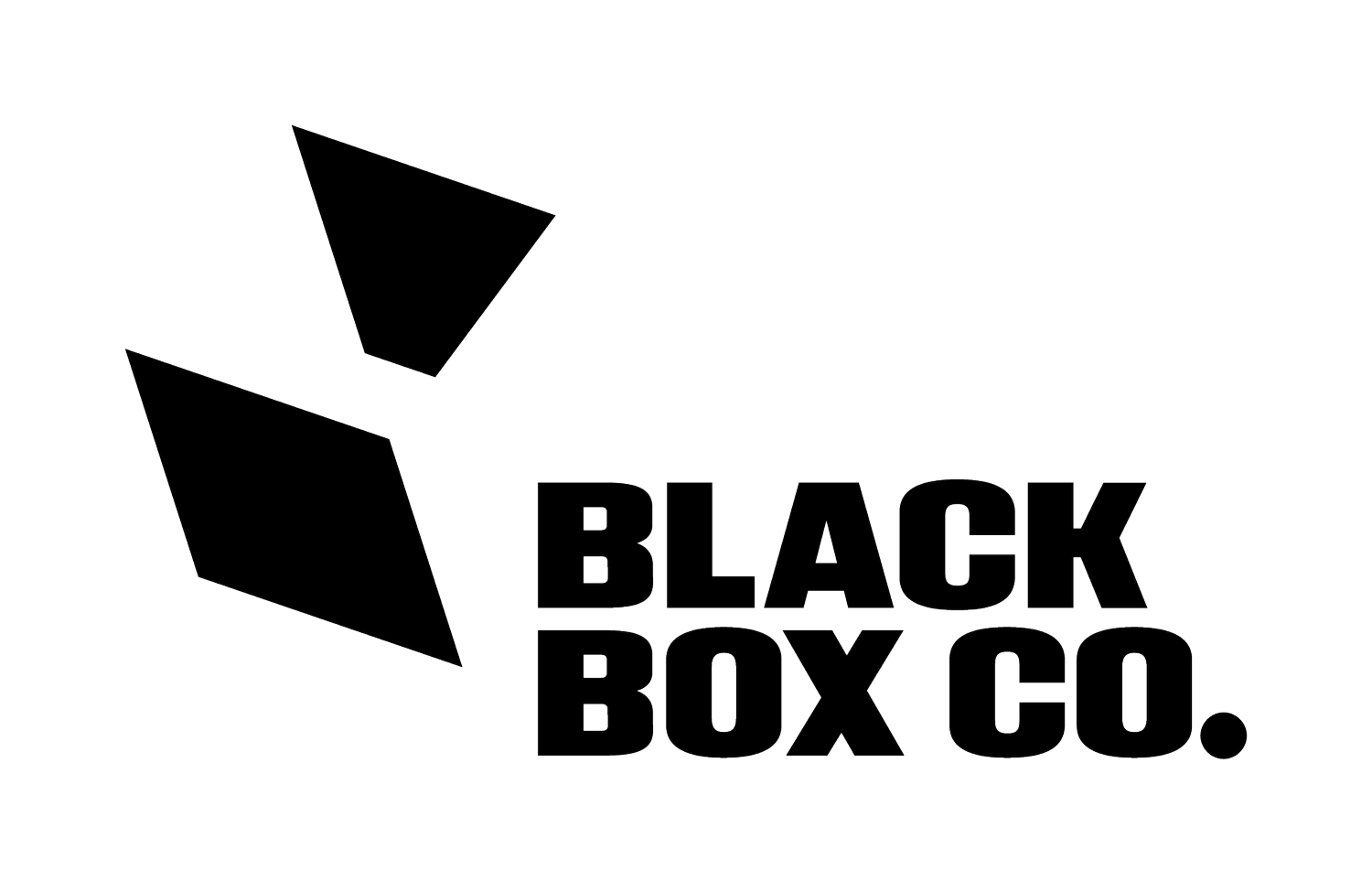Biggest Trends In Cattle Growth And Carcase In 2023
As an Australian beef producer, cattle weight gain and carcase quality are two critical factors that directly impact your farm's profitability. In this blog post, we will discuss the importance of these factors and how your herd may stack up against the database.
For this dataset we look at over 145,000 animals across Australia. These were sold into variable markets including direct to processors, feedlots and live export.
These were some of the biggest trends we saw.
Sex influenced time on grass and average daily gain.
The ratio of males to females in the data set was 2.44:1 which suggests that males are more frequently entering a fattening program and females are being retained as replacement breeders. The time of grass was also slightly different with females averaging 96 days on grass while males average 104. There was a more significant difference between sex when it came to weight gain. Males averaged 0.68 kg/day whilst females average 0.42kg/day.
HGP treatment and use
Only 7% of the animals fattened on grass were HGP treated, however the use of a HGP had a significant effect on average daily gain. Those treated with a HGP gained 0.57kg/day while those not treated averaged 0.3kg/day. When assessing the carcase data it was identified that HGP treated animals had a lower average carcase weight (337kg) when compared to non HGP treated animals (359kg). This likely reflect the type of animals that are treated with HGP and the timing of their slaughter.
Why is it important to understand the drivers of on farm weight gain?
1. Cattle weight gain directly impacts your farm's profitability
Cattle weight gain is directly tied to your farm's profitability. The faster your cattle gain weight, the sooner they can be sold, and the more revenue your farm will generate. Additionally, cattle that gain weight more quickly require fewer resources and less time to manage, resulting in lower production costs.
2. Genetics and management practices play a significant role in weight gain and carcase quality
Genetics and management practices play a significant role in the weight gain and carcase quality of your cattle. Breeding programs that focus on selecting cattle with desirable traits can significantly improve weight gain and carcase quality. Similarly, proper nutrition and management practices, such as providing a well-balanced diet, managing parasites, and implementing proper animal welfare practices, can help improve weight gain and carcase quality.
By focusing on optimizing weight gain through proper genetics, purchase decisions, nutrition, and management practices, farmers can improve their herd's productivity, meet market requirements, and generate more revenue. The Australian beef industry's reputation for high-quality beef products depends on these factors, making them essential for any producer who wants to succeed in this industry.
If you want to know your numbers and how they stack up get in touch with us today.
